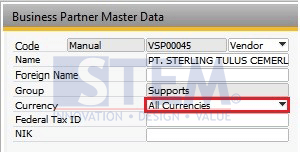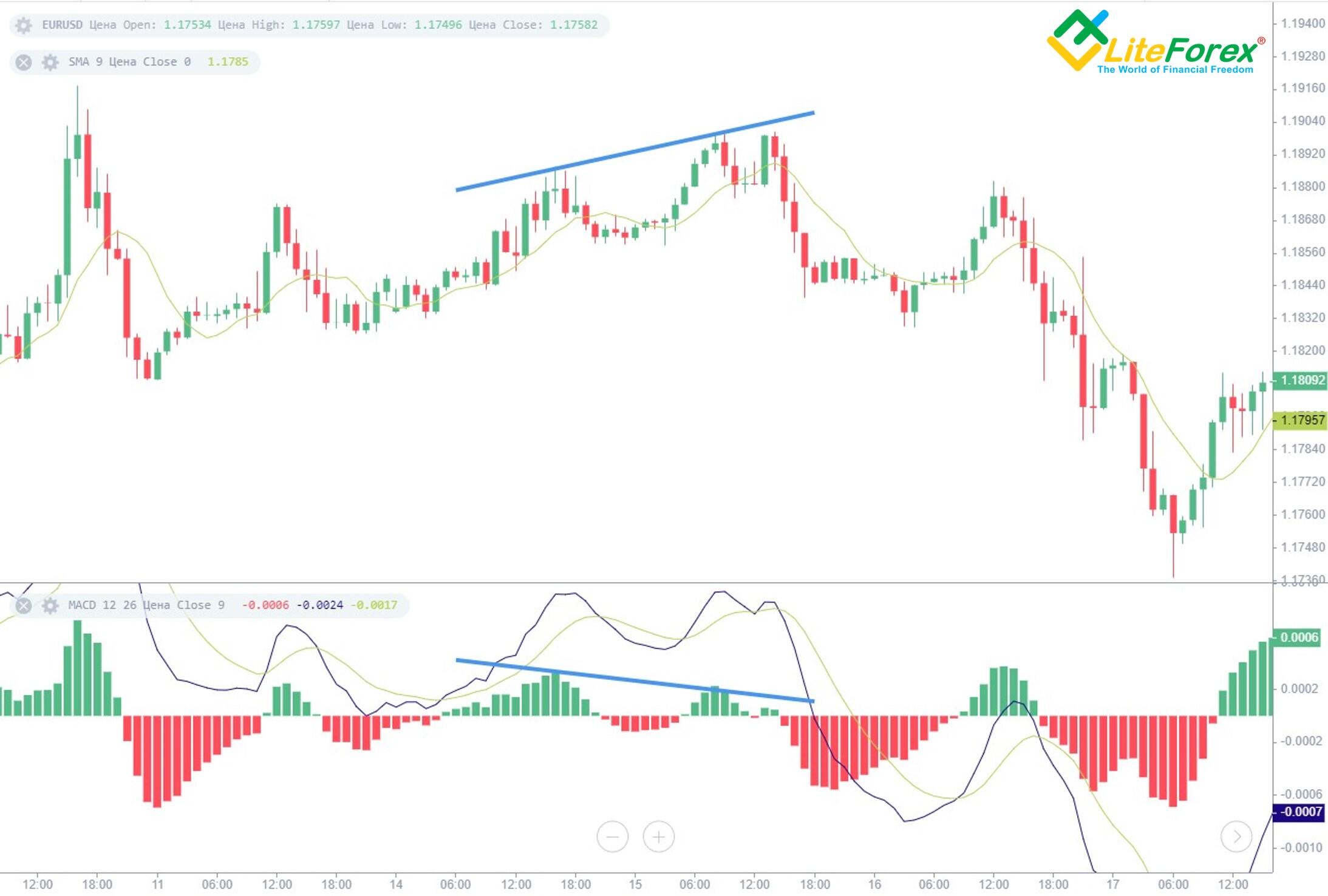
Market fair value is the standard measure of asset value. The market data of different independent sources helps to determine the value. The fair value may fluctuate more often than the market value depending on risk factors. However, the fair market value is what determines the price at which an asset is sold. This can help an investor to make a financial decision.
Fair value is determined by analyzing market data and valuing financial instruments. These models account for the counterparty risk and liquidity risk of the instruments. An independent audit can validate the models. They may also incorporate market player factors. These factors include the interest of the parties, the future goals of the parties and the risk of a market decline. The type of instrument may also be included in the models. They can contain equity instruments as well as debt instruments. You can also use the models to measure financial instruments using cost, volatility and correlation parameters.

Financial instruments must be valued at fair value. The models must account for all market participants. The market consensus and current bid and asking price are part of the models. These factors can be helpful to an investor in determining the fair value of a stock. You can also use the price/fair price ratio to determine the stock’s relative price to its fair price. If the ratio is below one, the stock is considered to be undervalued, while if it is above one, the stock is considered to be overvalued.
The transactional level is used to measure the value of equity instruments, while the market level is used for the valuation of derivatives and debt instruments. The assets to acquired will be subject to the current asking value, while the liabilities to issue will be subject to the current offer price. If it is made publicly available, a stock's value is called market fair value.
Fair-value figures can also be published by financial websites prior to the opening of the market. Investors find this information useful because it allows them to estimate the value of an investment prior to it being traded. Investors might be surprised to learn that the stock's market value is often higher than its fair value. These fluctuations can affect an investor's decision to invest, and could lead to a loss or a profit.

The fair values of financial instruments are determined by the respective interests. The fair value is determined using the hypothetical return that an investor would get on his investment and the interest received by the asset. This value is then used in calculating the price of the stock. Fair value is most often used to determine the worth of an asset, but it can also be used to evaluate a business' growth potential.
FAQ
What's the difference among marketable and unmarketable securities, exactly?
The principal differences are that nonmarketable securities have lower liquidity, lower trading volume, and higher transaction cost. Marketable securities can be traded on exchanges. They have more liquidity and trade volume. Marketable securities also have better price discovery because they can trade at any time. However, there are many exceptions to this rule. For example, some mutual funds are only open to institutional investors and therefore do not trade on public markets.
Non-marketable securities can be more risky that marketable securities. They typically have lower yields than marketable securities and require higher initial capital deposit. Marketable securities are generally safer and easier to deal with than non-marketable ones.
For example, a bond issued in large numbers is more likely to be repaid than a bond issued in small quantities. The reason for this is that the former might have a strong balance, while those issued by smaller businesses may not.
Because they are able to earn greater portfolio returns, investment firms prefer to hold marketable security.
How does inflation affect stock markets?
Inflation has an impact on the stock market as investors have to spend less dollars each year in order to purchase goods and services. As prices rise, stocks fall. It is important that you always purchase shares when they are at their lowest price.
How Share Prices Are Set?
Investors who seek a return for their investments set the share price. They want to make profits from the company. They buy shares at a fixed price. If the share price increases, the investor makes more money. If the share value falls, the investor loses his money.
An investor's main goal is to make the most money possible. This is why they invest into companies. It helps them to earn lots of money.
Statistics
- Our focus on Main Street investors reflects the fact that American households own $38 trillion worth of equities, more than 59 percent of the U.S. equity market either directly or indirectly through mutual funds, retirement accounts, and other investments. (sec.gov)
- "If all of your money's in one stock, you could potentially lose 50% of it overnight," Moore says. (nerdwallet.com)
- For instance, an individual or entity that owns 100,000 shares of a company with one million outstanding shares would have a 10% ownership stake. (investopedia.com)
- US resident who opens a new IBKR Pro individual or joint account receives a 0.25% rate reduction on margin loans. (nerdwallet.com)
External Links
How To
How to Invest in Stock Market Online
You can make money by investing in stocks. There are many methods to invest in stocks. These include mutual funds or exchange-traded fund (ETFs), hedge money, and others. The best investment strategy depends on your investment goals, risk tolerance, personal investment style, overall market knowledge, and financial goals.
To be successful in the stock markets, you have to first understand how it works. This includes understanding the different types of investments available, the risks associated with them, and the potential rewards. Once you are clear about what you want, you can then start to determine which type of investment is best for you.
There are three main types of investments: equity and fixed income. Equity is the ownership of shares in companies. Fixed income is debt instruments like bonds or treasury bills. Alternatives include things like commodities, currencies, real estate, private equity, and venture capital. Each option comes with its own pros and con, so you'll have to decide which one works best for you.
Once you figure out what kind of investment you want, there are two broad strategies you can use. One is called "buy and hold." You buy some amount of the security, and you don't sell any of it until you retire or die. Diversification, on the other hand, involves diversifying your portfolio by buying securities of different classes. If you purchased 10% of Apple or Microsoft, and General Motors respectively, you could diversify your portfolio into three different industries. You can get more exposure to different sectors of the economy by buying multiple types of investments. This helps you to avoid losses in one industry because you still have something in another.
Risk management is another crucial factor in selecting an investment. Risk management can help you control volatility in your portfolio. You could choose a low risk fund if you're willing to take on only 1% of the risk. On the other hand, if you were willing to accept a 5% risk, you could choose a higher-risk fund.
Your money management skills are the last step to becoming a successful investment investor. The final step in becoming a successful investor is to learn how to manage your money. You should have a plan that covers your long-term and short-term goals as well as your retirement planning. That plan must be followed! Do not let market fluctuations distract you. Keep to your plan and you will see your wealth grow.